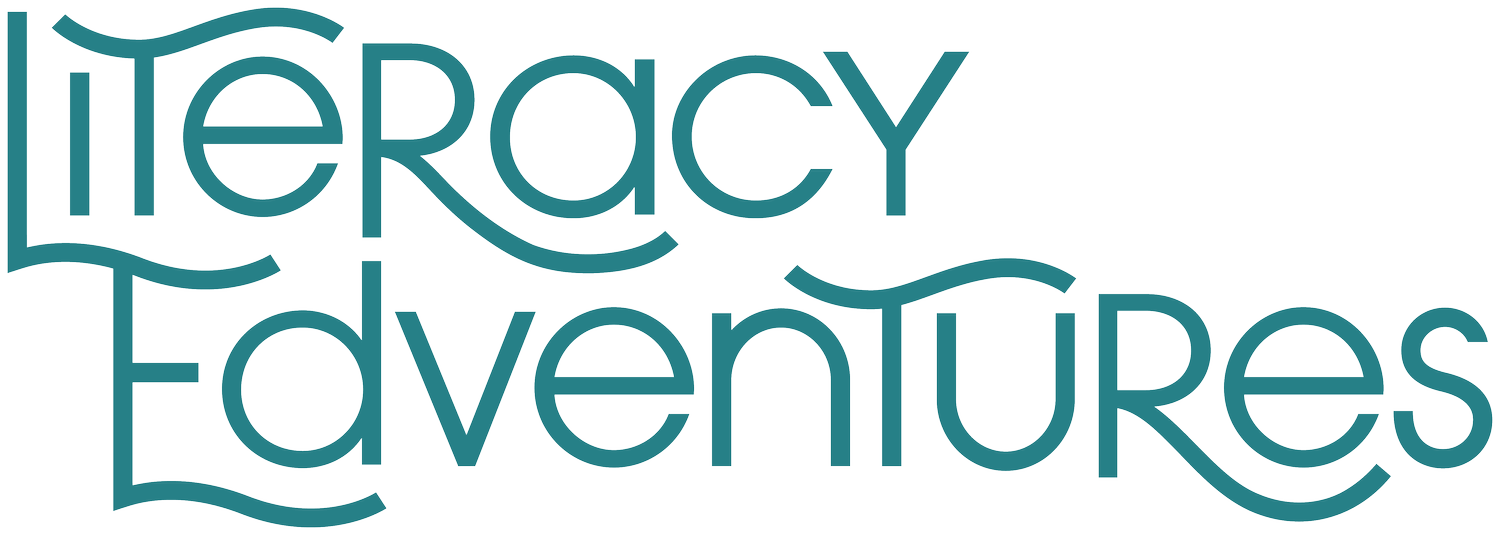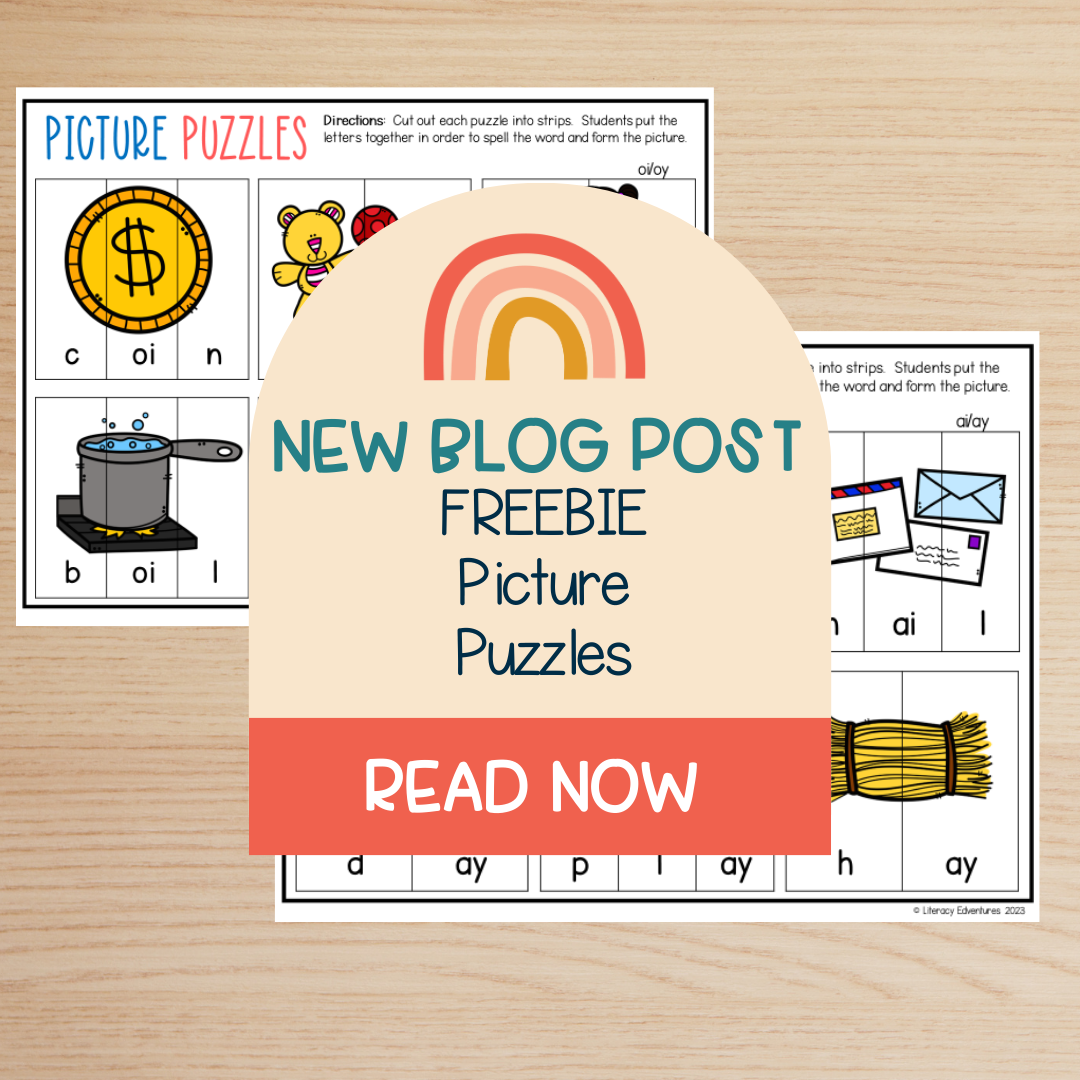Blog
Build a Strong Literacy Foundation Rooted in the Science of Reading.
From Letters to Sentences: Teaching Young Writers to Build Confidence and Skill
Writing is one of the most critical literacy skills young students develop, but the transition from forming letters to writing complete sentences can feel overwhelming. Without explicit instruction, many students struggle to move beyond copying words or forming incomplete thoughts. In this post, we’ll walk through a structured, step-by-step approach to help young writers gain confidence—from handwriting fluency to sentence construction. With research-backed strategies and engaging activities, you’ll be equipped to support your students in becoming independent, skilled writers.
Why Handwriting Instruction Matters: Research-Backed Strategies for Early Literacy
Handwriting instruction is more than just teaching neat letter formation—it’s a critical skill that supports reading, spelling, and writing fluency. When students struggle with handwriting, they expend so much mental energy on forming letters that they have little left for higher-level writing tasks. Research shows that explicit, systematic handwriting instruction enhances literacy development by improving letter recognition, spelling, and reading comprehension. In this post, explore research-backed strategies to build handwriting fluency and set students up for writing success.
Mastering Small Group Phonics Lessons: A Teacher’s Guide to Planning and Instruction
Master the art of small group phonics instruction with this comprehensive guide. Learn how to plan effective lessons with warm-ups, explicit teaching, and meaningful applications to build confident readers.
Streamlining Small Group Phonics Lesson Planning: Simplify and Save Time
Planning phonics lessons doesn’t have to be overwhelming. Streamline your small group instruction with effective routines for warm-ups, explicit teaching, and skill application. Save time and help students thrive with these proven strategies.
The Power of Assessments: Building a Strong Foundation for Reading Success
Learn how targeted reading assessments, including phonics and phonemic awareness tools, combined with progress monitoring and quick checks, empower teachers to identify gaps, tailor instruction, and support early literacy success. Explore practical strategies and real-world examples to guide every student on their reading journey
5 Proven Steps to Move Students from Letter Sounds to Decoding CVC Words
Discover effective strategies to help students transition from mastering letter sounds to decoding CVC words. Learn key activities like successive blending and vowel intensives that will build strong reading foundations and boost confidence in early readers.
Why Your Heart Word Method Might Not Be Working: Insights from a Coaching Call
Discover engaging sight word games and effective strategies for reinforcing sight word learning in context. Learn about fun activities like Shake, Shake, Rattle, and Drop, Mystery Word, Beat the Teacher, and more. Join the Route2Reading Membership for monthly coaching and ready-to-use resources
Maximizing the Impact of Your Yearlong Phonics Pacing Guide
Discover how to effectively use your Yearlong Phonics Pacing Guide for Grades K-2 with our tips on planning, weekly implementation, cumulative review, and teaching high-frequency words. Enhance your phonics instruction with strategies to personalize learning and boost reading fluency. Read more for detailed insights and examples
Introducing a Decodable Text with Just Right Reader
Fun and Engaging Decodable Books For Classroom Libraries and Take-Home—Request A Quote. Decodable Books 100% Customized For School Districts—Easy Phonics Curriculum Alignment. Aligned To Curriculums. Pre-K - 5th Grade. Made For School Districts.
Fluency Finish Freebie!
Fluency is such an important aspect of reading. The more fluent the reader, the better they can understand the meaning behind the text. Oftentimes we get so caught up in teaching phonics skills that we often forget to practice fluency. But fluency truly is the bridge that allows students to access the text. With good fluency, students are better able to understand the text that they’re reading because their brain is freed up from sounding out each letter of each word.
Picture Puzzles
A really fun way to practice phonics skills is to use picture puzzles! In this activity, students will form pictures of images that they are sounding out. One particularly great aspect of this is that students who are early in their understanding of encoding can arrange the pieces of the puzzle together based on the image, then sound it out and decode it with confidence. These puzzles are great at building that confidence in young or struggling readers.






















